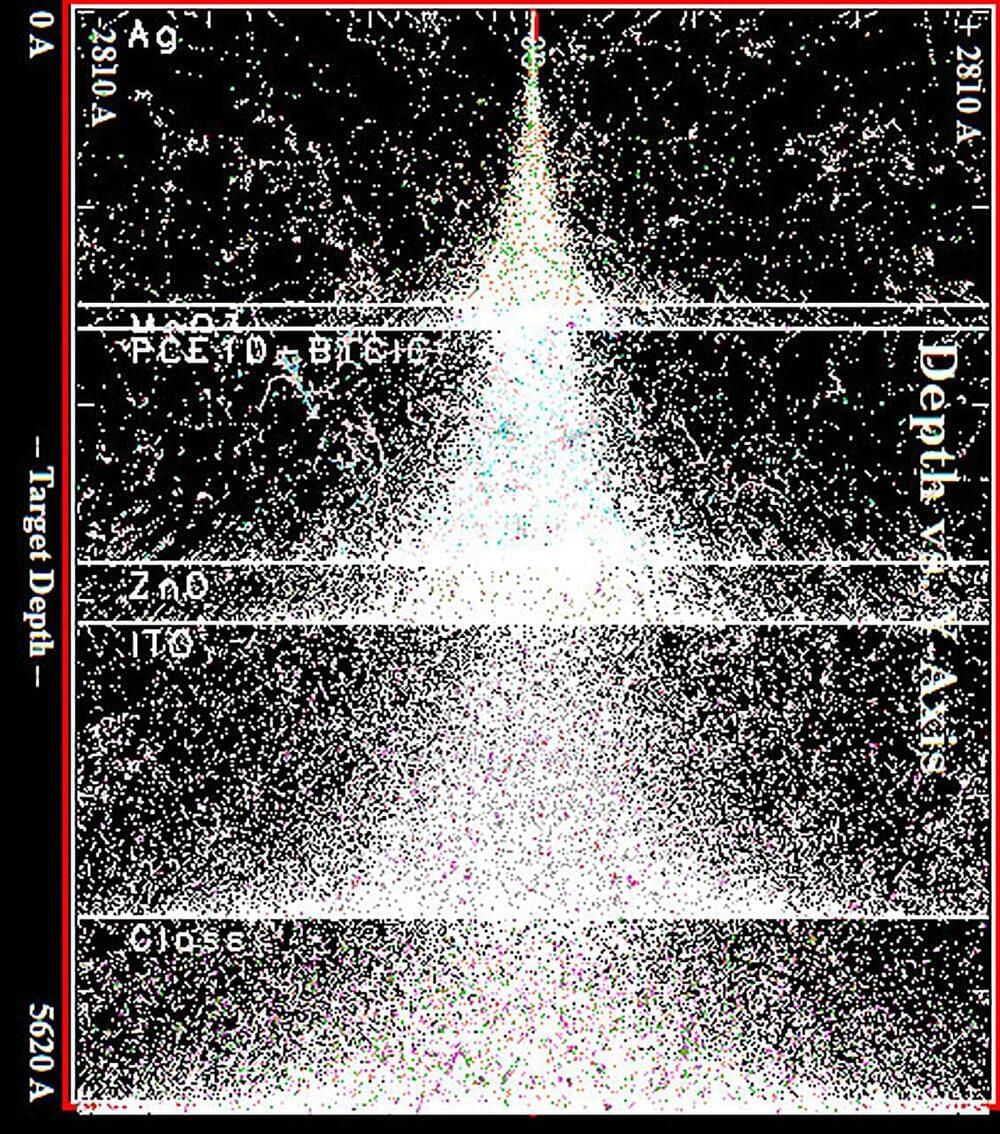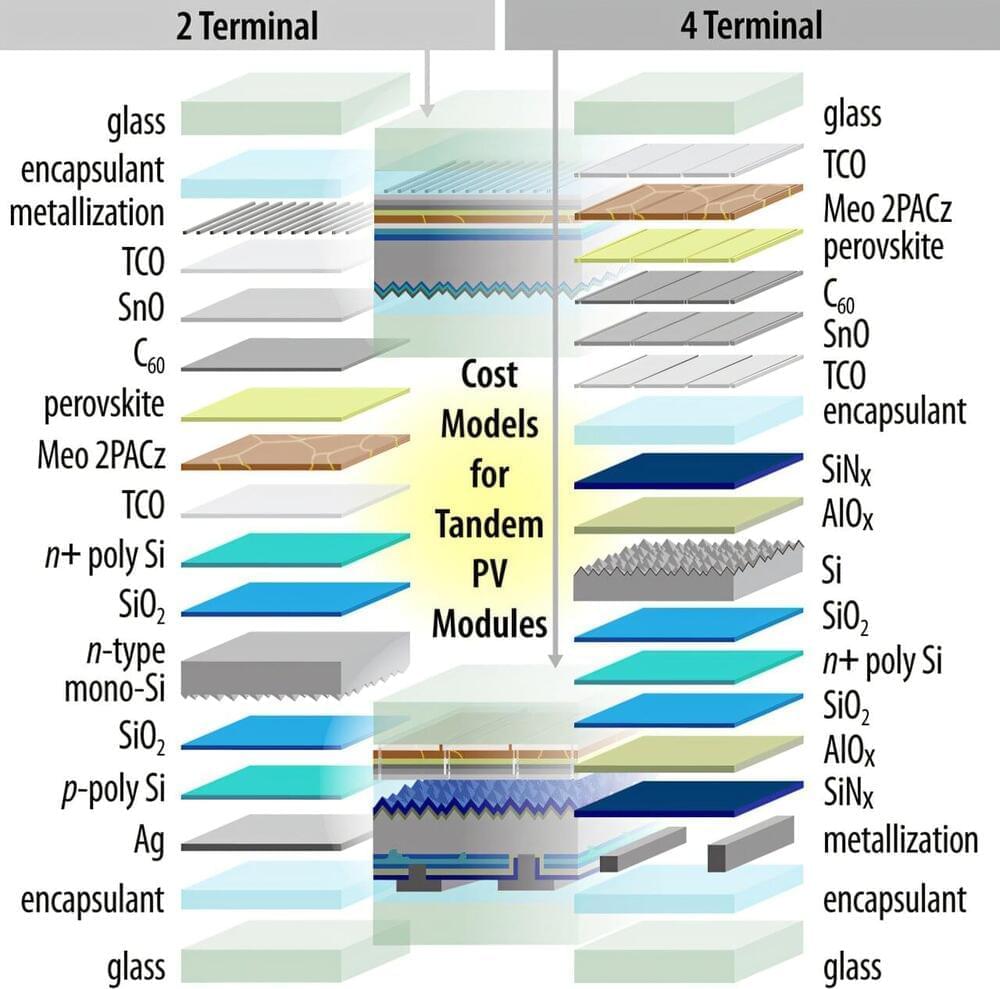Electron transport in bilayer graphene exhibits a pronounced dependence on edge states and a nonlocal transport mechanism, according to a study led by Professor Gil-Ho Lee and Ph.D. candidate Hyeon-Woo Jeong of POSTECH’s Department of Physics, in collaboration with Dr. Kenji Watanabe and Dr. Takashi Taniguchi at Japan’s National Institute for Materials Science (NIMS).
The findings are published in the journal Nano Letters.
Bilayer graphene, comprising two vertically stacked graphene layers, can exploit externally applied electric fields to modulate its electronic band gap—a property essential for electron transport. This distinctive feature has drawn considerable attention for its prospective role in “valleytronics,” an emerging paradigm for next-generation data processing.






